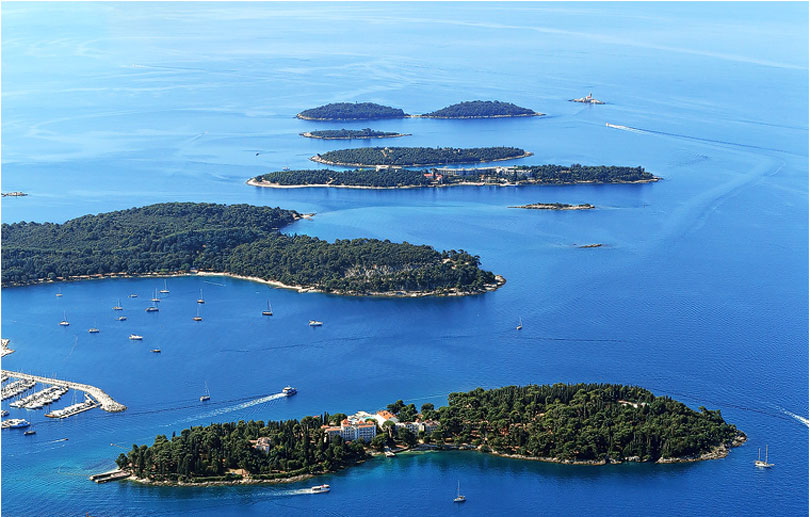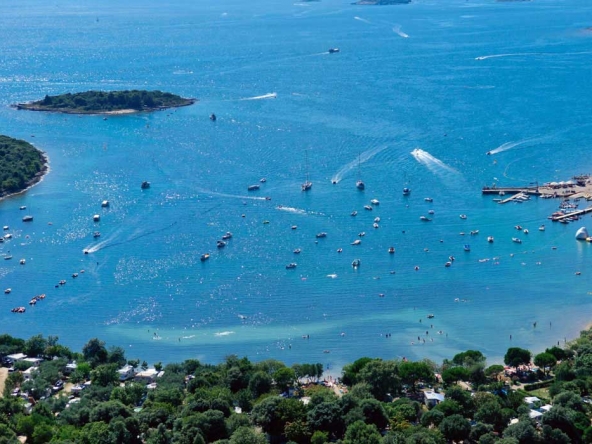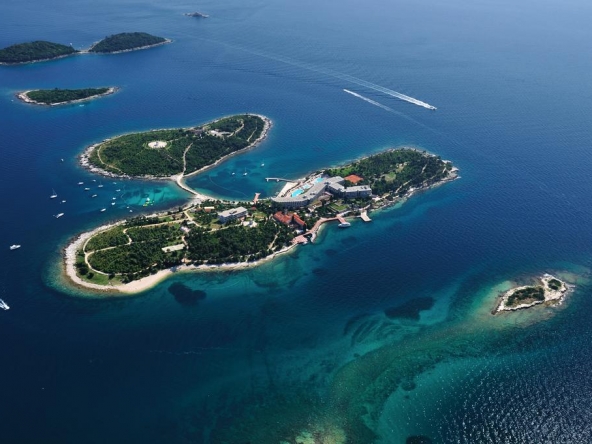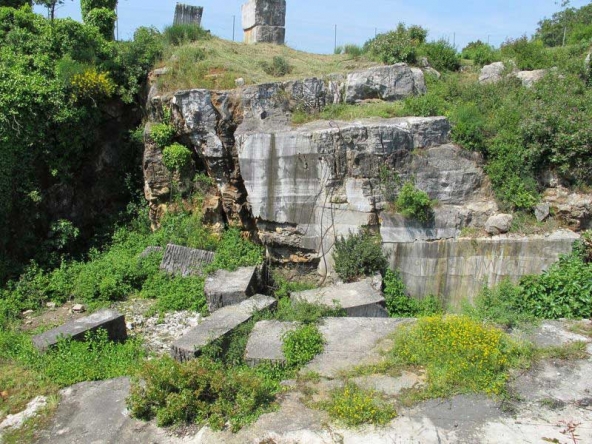The Rovinj islands and the coastal area represent a unique whole with an area of 1371,514 ha and stretches from the Cape of St. Ivana at the entrance to Lim Bay (Lim Fjord or channel), up to the settlement Barbariga, excluding the narrower city area. These natural scopes are proclaimed as „landscapes of outstanding value“.
There are more than 20 islands and islets, while the coast is indented with numerous hills.
The coast is preceded by numerous smaller and larger islands and rocky outcrops: Figarola (Figarola vela), Figarolica (Figarola mala), Sveta Katarina, Banjole, the double island – Red Island (Crveni otok: Sveti Andrija and Maškin), Samer, Sveti Ivan, Sveti Ivan na pučini, Sturag, Pulari, Piruzi, Dvije sestrice, Montauro, Veštar, Školj magaraca (Donkey island) and others.
The two largest islands in the Rovinj Archipelago are:
On these two islands is possible to find tourist facilities such as hotels, restaurants, bars, …
Dominant motifs of Rovinj islands and coastal areas are dense coniferous plants, primarily pine trees (alepski, bructional), cedar (himalayas) and cypresses that appear individually or in groups. In the Rovinj islands and the coastal area there have been count more than 456 different plant species.
These species are alohtone (introduced) but very often found in communities along with autochthonous vegetation of this area (oak cherry).
This Rovinj region has a dense and attractive landscape, with dense evergreen forests of oak in the shoreline of 3 to 5 km from the sea. In the immediate vicinity of the sea are planted and grown valuable pine forests, while in the interior grows oak and whitewashed oak forests.
Dominated cultures are olive groves and vineyards. Accordingly, the true Mediterranean landscape stands out along the shore, while inland it changes to the submediterranean landscape.
In this landscape there are specially protected forest parks, protected landscapes, monuments of park architecture, geological nature monuments, special reserves in the sea and zoological ornithological reserves. Of course there are also a special protections of numerous cultural goods.




